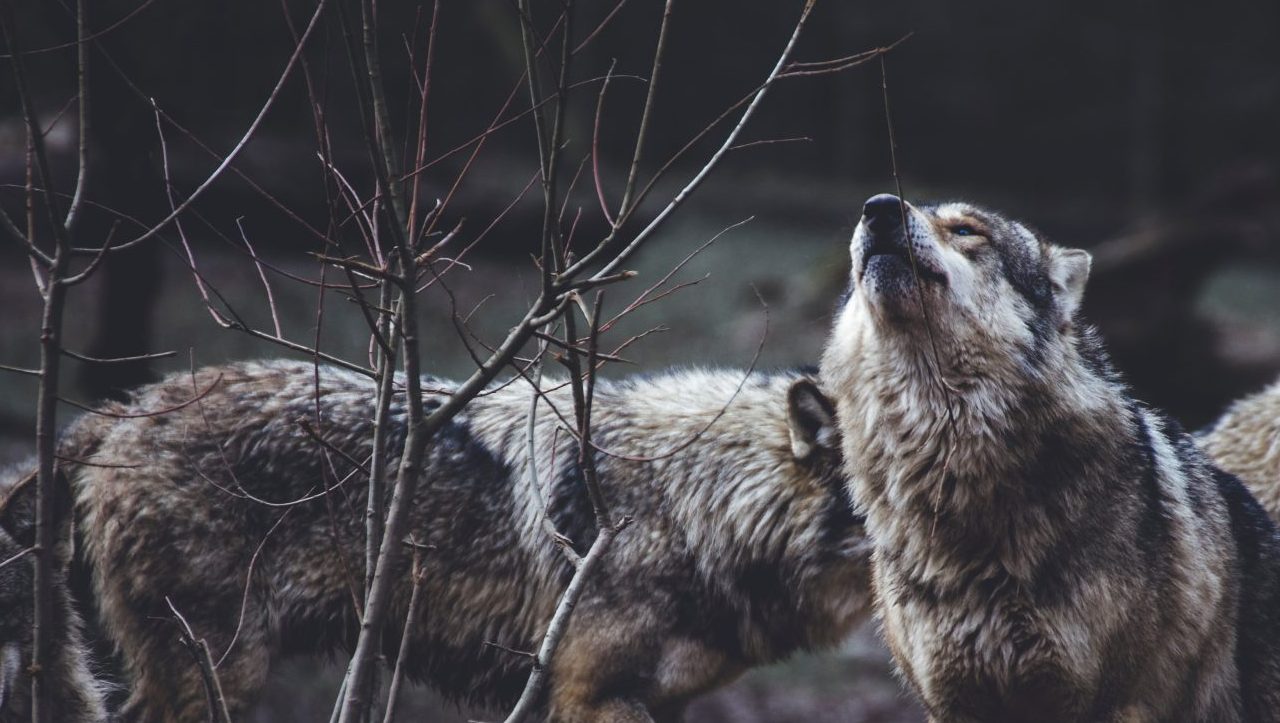A keystone species is a species that has a disproportionately large impact on its ecosystem relative to its abundance. Keystone species are often seen as critical to the functioning and stability of their ecosystem, because they have important roles in shaping the structure and dynamics of their community.
The concept of keystone species was first introduced by the ecologist Robert Paine, who studied the intertidal ecosystem of the Pacific Northwest. Paine discovered that the removal of a single species, the sea star, had a dramatic impact on the diversity and abundance of other species in the ecosystem. Without the sea star, populations of its prey species, such as mussels and barnacles, increased dramatically, leading to a cascade of ecological effects.
Examples of keystone species can be found in many different types of ecosystems, from terrestrial to aquatic, and from predators to herbivores. For example, wolves in Yellowstone National Park are considered a keystone species, because their presence has been shown to have important effects on the populations of their prey, such as elk and deer, as well as on the vegetation and other species in the ecosystem.
Overall, keystone species are important because they play critical roles in maintaining the structure and function of their ecosystem, and their loss can have far-reaching ecological consequences.
